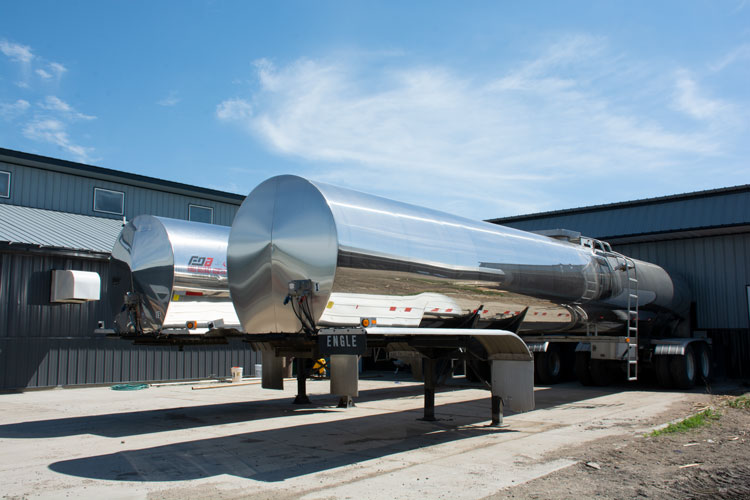
Antibiotic usage and antibiotic resistance are two topics that continue to generate concern throughout the world’s food and medical communities. The concern is warranted because antibiotics rank among the world’s top antimicrobial countermeasures to thwart disease in both humans and animals. That makes protecting the “super powers” found in antibiotics a major priority. We do this by not misusing or even overusing the wonder drugs, the first of which was discovered by Alexander Fleming.
When it comes to dairy, all involved are doing their part.
How do we know that’s true?
Only 536 milk samples from a total of nearly 3.9 million in the last fiscal year tested positive for an animal drug residue . . . the code word for antibiotic residues in milk. That ratio of positive samples set a new industry record at 0.001%. Once deemed positive, the load of milk is rejected for human consumption.
The bigger sampling picture
The data for the report comes from the National Milk Drug Residue Database, and the entire system dates back to 1994. The system’s testing mechanism includes all Grade A milk, which now represents 99% of the U.S. milk supply.
As for the trends . . . not only was the 536 out of 3,870,695 samples the lowest positive test rate in the history of the program, this was the third consecutive fiscal year that fewer than 600 milk samples tested positive for a drug residue. It’s also the ninth straight year that fewer than 1,000 samples tested positive for a drug residue.








